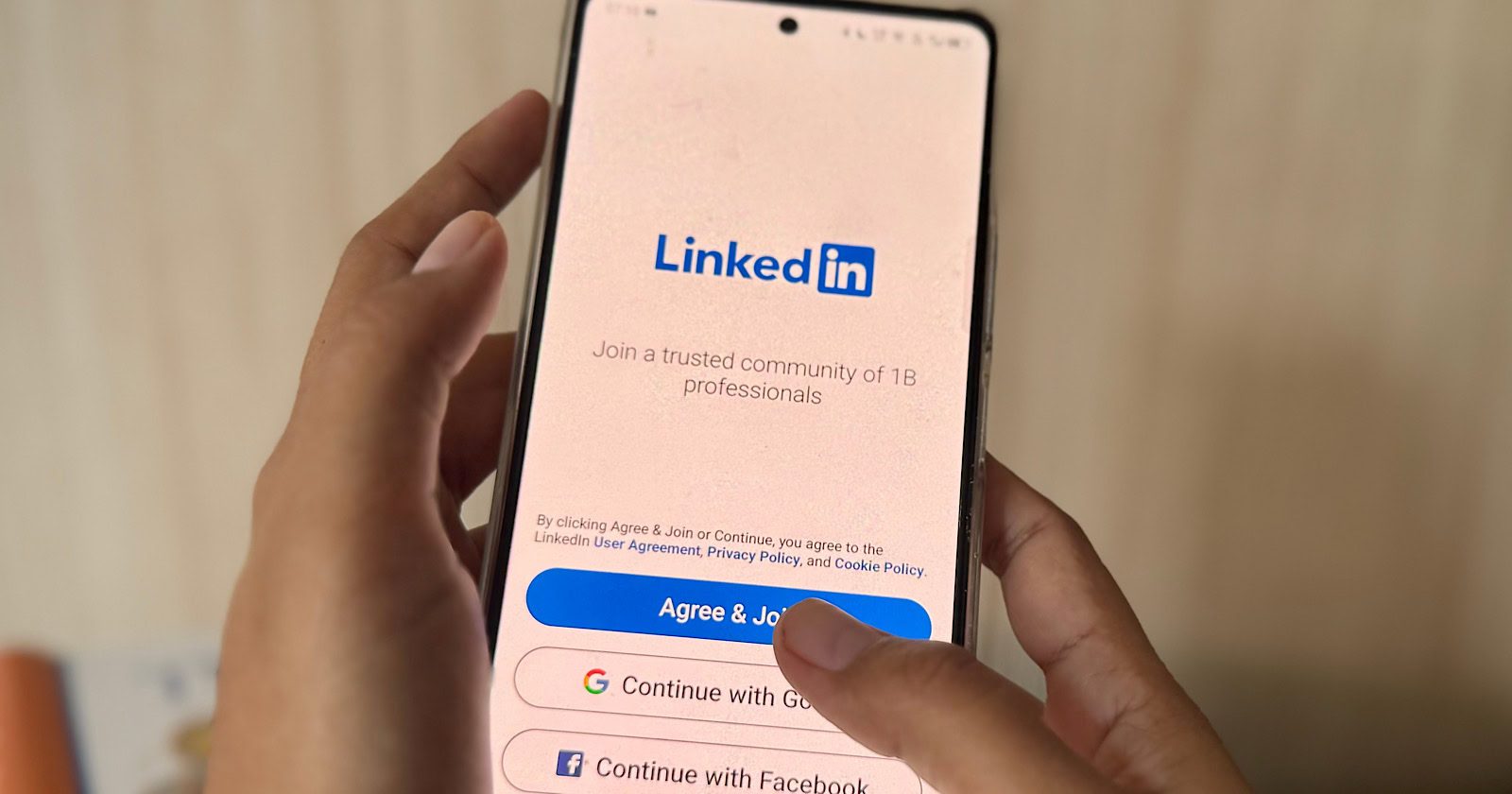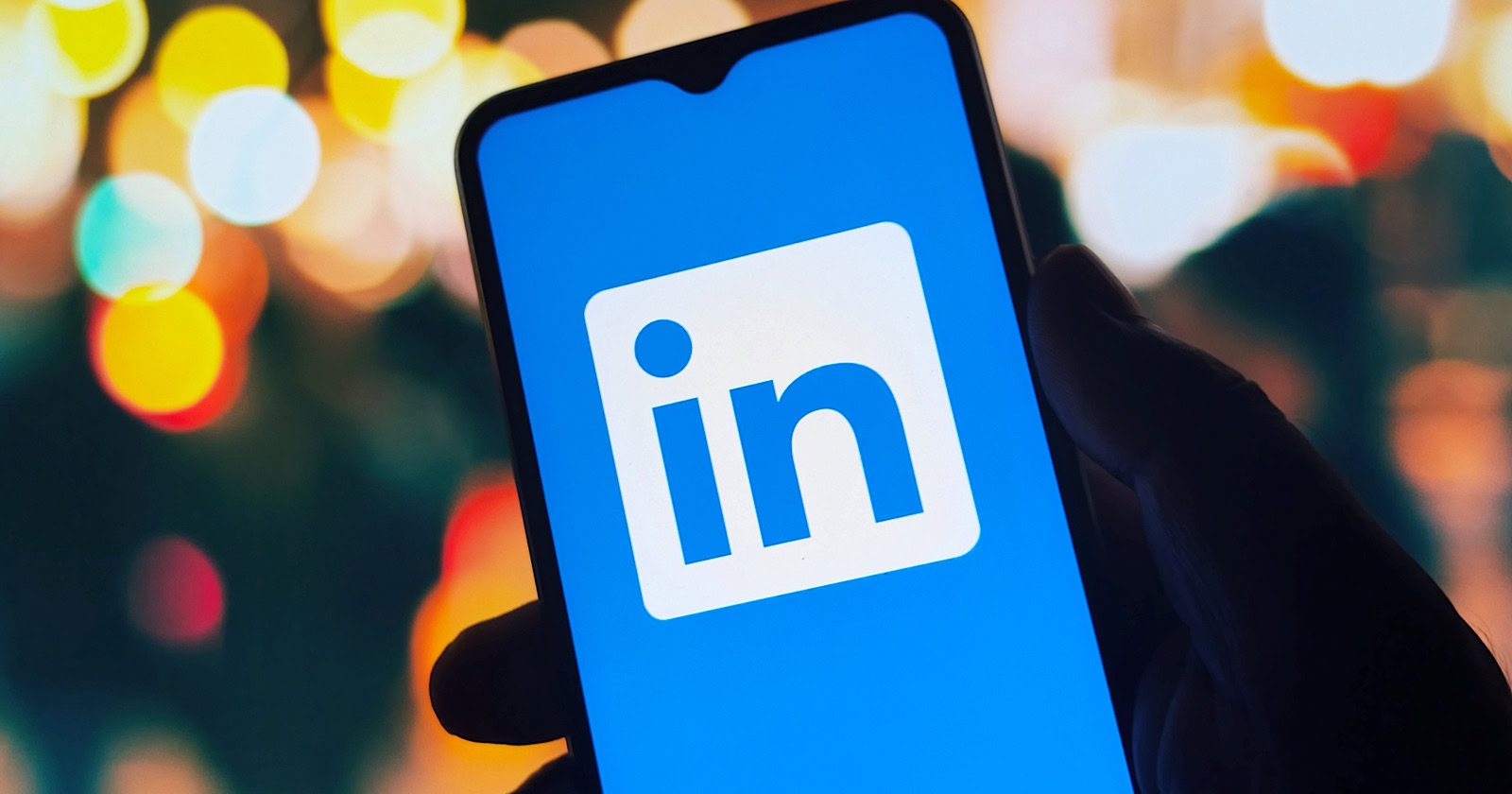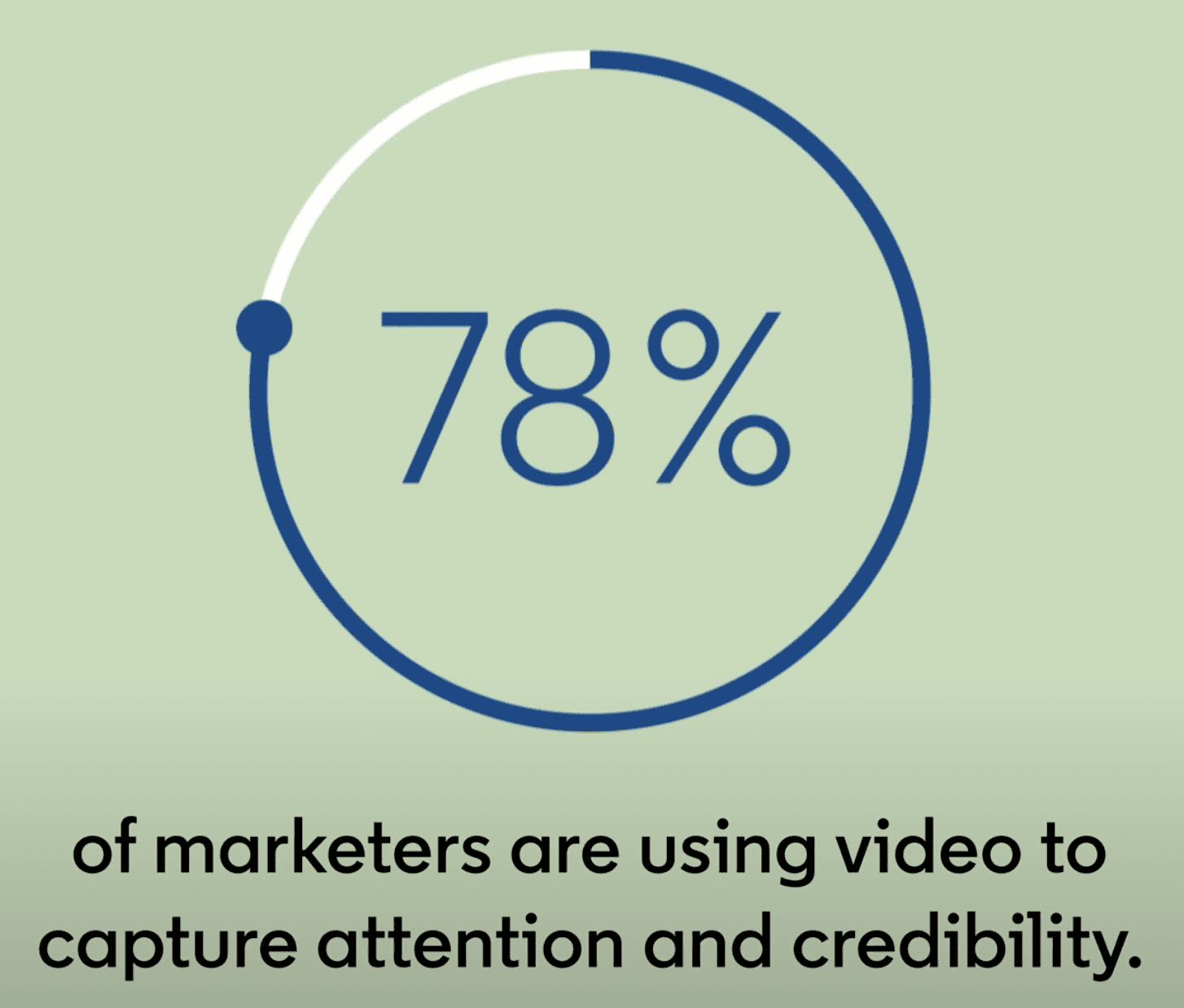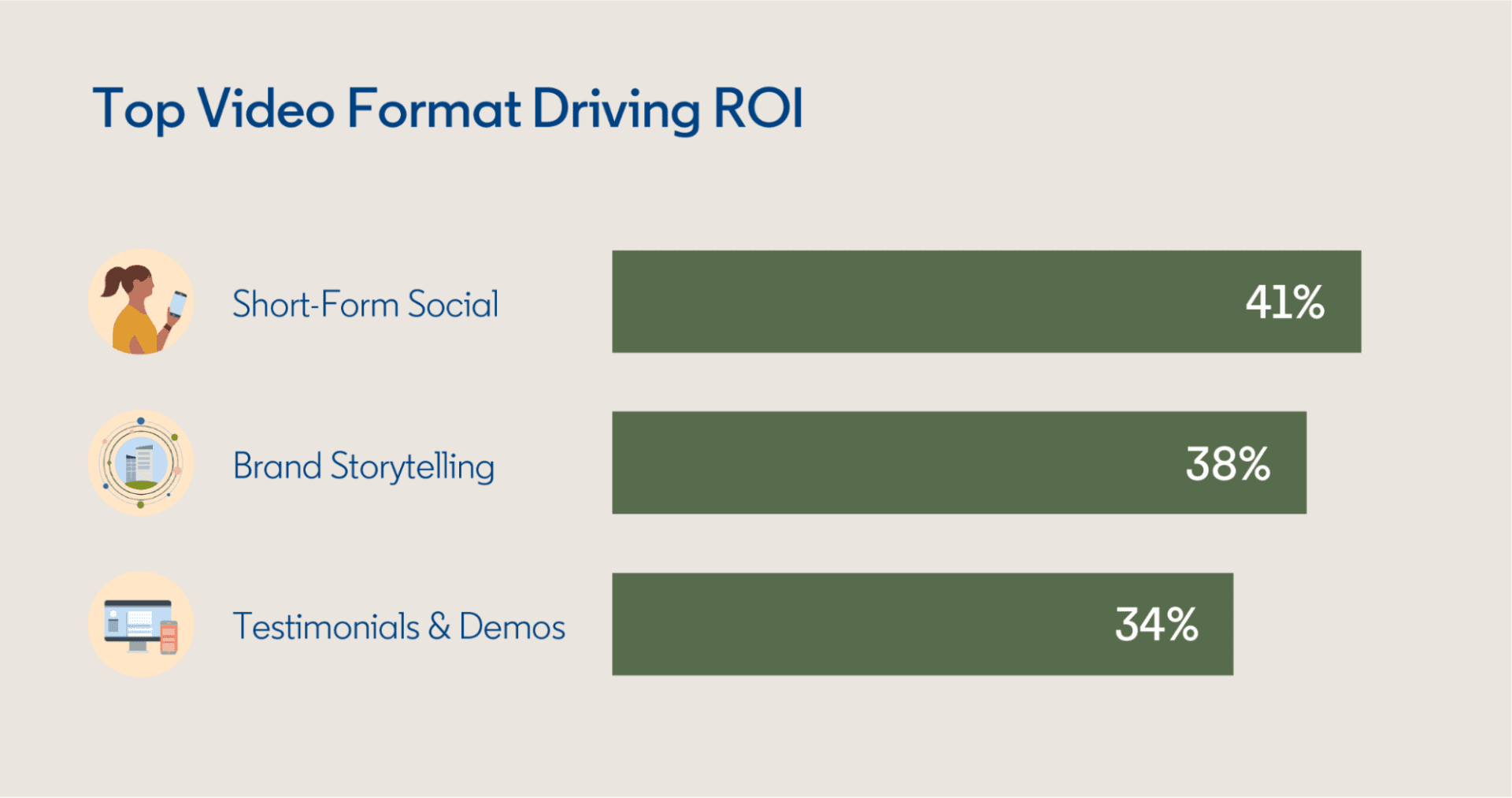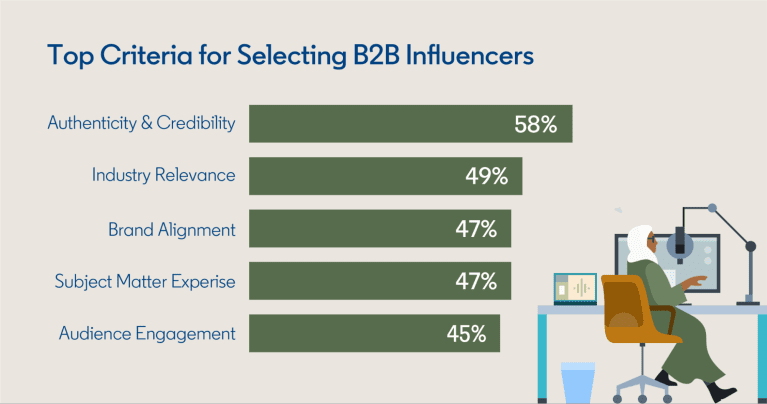The Founder-Led Growth Loop: How To Amplify And Measure Executive Voice For Real ROI via @sejournal, @purnavirji

In this series (here and here), I’ve covered why founder-led marketing works and the systems you need to stay consistent, based on the playbook I co-authored for LinkedIn (my employer).
You’ve built the content engine and the operational frameworks to avoid burnout. Now comes the final, most critical part: proving it works.
Your founder provides the authentic voice. Your job as the marketer is to amplify that voice to the entire market and build the measurement framework that proves to the board, “This is working.”
This is how you turn a content strategy into a scalable, predictable, full-funnel growth loop.
Part 1: Amplify What’s Already Working
Your founder’s organic content is resonating, but it’s only reaching their first-degree network. Why guess what might work when you can use data to amplify what’s already working?
This is the most efficient paid strategy you can run, because paid works better when it’s built on trust. Our playbook data shows that startups whose directors post actively already generate 33% more leads through their paid campaigns.
Your secret weapon is Thought Leader Ads (TLAs).
TLAs are a LinkedIn ad format that lets you promote posts from individuals – founders, employees, even customers – rather than just your company page. They look and feel like organic posts: authentic, human, and scroll-stopping.
In general, TLAs are a high-performing format resulting in 1.5x higher click-through-rates (CTRs), 30% more efficient cost-per-click (CPCs), and 2x follower growth.
Apply them to startups and the impact is even bigger:
- 7.6x more engagement than any other paid ad format.
- 5x higher video engagement with video TLAs than regular sponsored video ads.
This isn’t just a top-of-funnel awareness play. You can use TLAs to build a full-funnel machine:
- Top-of-Funnel: Amplify your founder’s best “scar story” or “contrarian take” post to your entire Ideal Customer Profile.
- Mid-Funnel: Retarget everyone who engaged with that TLA with a more direct offer, like a Conversation Ad or a Lead Gen Form for a webinar.
- Bottom-of-Funnel: Add this engaged audience to your nurture sequences and track them as they become sales-qualified leads.
The foundation is your founder’s best organic posts. From there, you can plug them into a full-funnel paid strategy.
Part 2: Build The Measurement Framework
This strategy feels right, but you have to prove it.
The biggest challenge in founder-led marketing is that the most important metrics – trust, reputation, resonance – don’t show up on a simple dashboard. They show up in your deal velocity, your DMs, and the way people talk about you when you’re not in the room.
There are ways you can start to track these on LinkedIn. Let’s break it down.
First 90 Days: Track Leading Indicators
Validate whether your content is resonating before it drives pipeline:
- Engagement quality: Comments from ideal customer profiles (ICPs), DMs received, reposts by peers.
- Audience growth: Follower count, especially from target segments.
- Conversation starters: Number of inbound messages or replies sparked by content.
- Profile metrics: Track who’s viewing your profile after seeing your posts.
LinkedIn recently expanded its analytics for individual members, giving you more visibility into how your content performs. Under the “Analytics” tab, you can now track:
- Profile views from a post.
- Followers gained from a post.
- Audience demographics (job title, industry, location).
- Premium button clicks (if you have a custom CTA).
These metrics help you move beyond vanity metrics to start measuring resonance – what’s landing, with whom, and why.
What not to do: Obsess over engagement metrics, delete underperforming posts, or let your founder compare themself to established thought leaders. These habits will drain motivation before your systems are strong enough to carry them through the dip.
Next 90 Days: Track Momentum
Track how your content is influencing relationships and reputation:
- Prospect mentions: Train your sales team to log every time a prospect mentions your founder’s content during calls.
- Dark social mentions: Track when your content gets shared in private peer networks like Slack groups or email threads.
- Content-influenced deals: Create a CRM field to tag every prospect who mentions your posts.
Scott Albro, TOPO founder, does this in Salesforce by creating a “content-influenced” deal stage and tagging every prospect who mentions posts, comments, or competitor reactions. Then he measures deal velocity and pipeline.
Irina Novoselsky, CEO of Hootsuite, shared her results in the playbook: “I just did the math on my daily LinkedIn commitment over the last 3 months—10M+ impressions generated. But most importantly, 37% of our monthly leads are influenced by my social presence.”
Her team saw measurable business impact:
- Executive presence was mentioned more frequently in sales calls in Q1 2025 than in all of 2024.
- Deals closed faster when buyers referenced her content.
- Enterprise opportunities influenced by her social presence had higher ACV.
Kacie Jenkins, former SVP of Marketing at Sendoso, found that when a prospect followed one of their Director+ executives on LinkedIn, they saw 11% higher win rates and 120% larger closed-won deal sizes.
Peep Laja, CEO of Wynter, tracks self-reported attribution: “About 80% of people signing up for Wynter or scheduling a demo say they found me on LinkedIn.”
6 Months Onwards: Business Impact Metrics
Track your lagging indicators:
- Increasing inbound pipeline: Gal Aga’s rule is “if 20%+ of your pipeline mentions your content, you’ve won”.
- Increasing deal velocity: Deals with content-influenced leads close faster due to pre-established trust
- Attracting talent: Job applicants cite your posts.
- Owning your category: You’re increasingly referenced in industry conversations.
Connect The Paid Loop
This final step connects amplification and measurement. How do you prove your TLA spend is driving revenue?
Use LinkedIn’s Conversions API (CAPI) to connect your CRM and website data directly to LinkedIn. This gives you visibility into offline actions and helps you attribute pipeline.
LinkedIn’s revenue attribution tools let you measure impact at the business, campaign, and company level. One tech company using revenue attribution found 36% higher win rates and 37% shorter deal cycles.
Startup advisor Canberk Beker sums it up: “When founders connect their organic presence to paid strategy – and measure both direct and influenced pipeline – they see outsized ROI. We’ve proven that TLAs lift demo requests and drive cross-channel conversions.”
Your Role As The Growth Multiplier
A founder-led strategy is a game-changer for sales and marketing.
Your founder’s job is to be the authentic voice. Your job as the marketer is to build the machine around them.
By connecting an authentic organic strategy with a high-powered amplification lever and a sophisticated measurement framework, you create a complete growth loop.
This is the modern marketing engine, one that builds trust at scale and proves its impact on the bottom line.
All data, quotes, and examples cited above without a source link are taken from the “Founder-Led Sales and Marketing Never Ends” playbook.
More Resources:
Featured Image: eamesBot/Shutterstock




